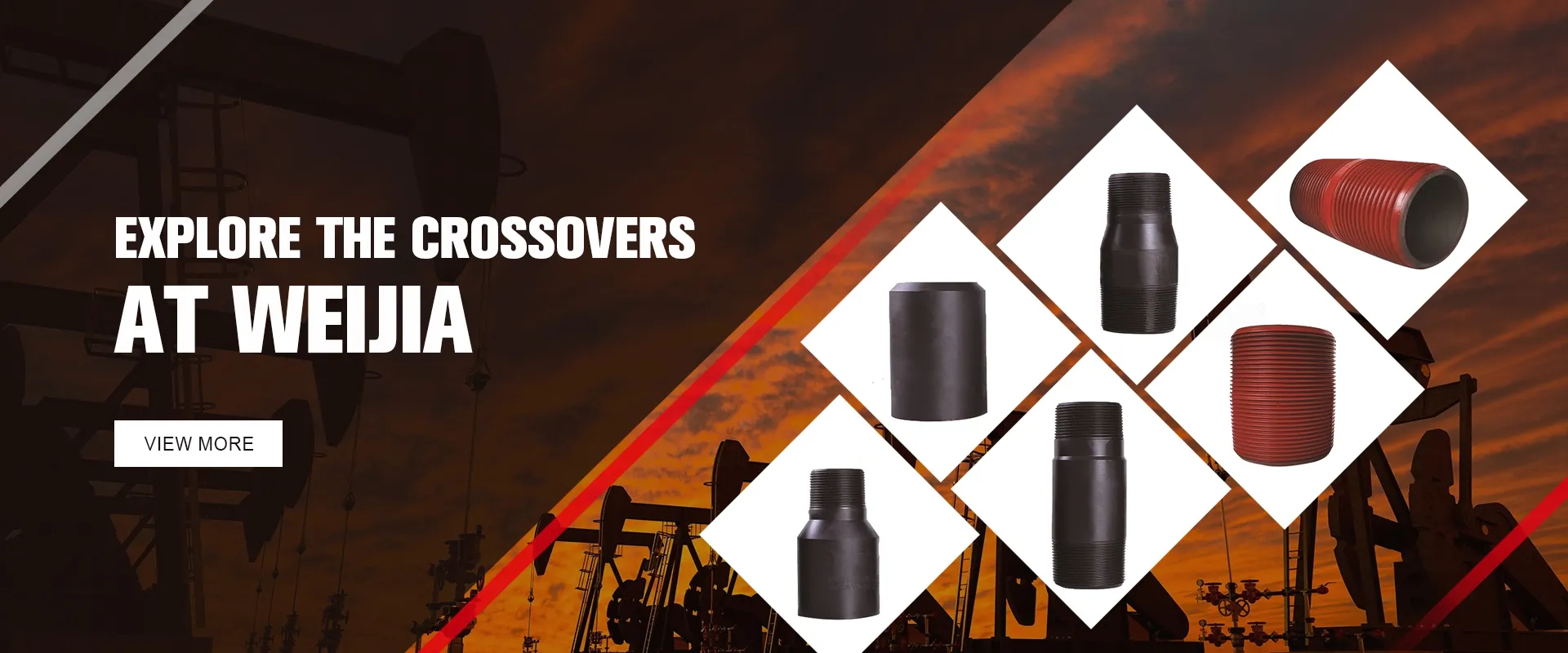- Afrikaans
- Albanian
- Amharic
- Arabic
- Armenian
- Azerbaijani
- Basque
- Belarusian
- Bengali
- Bosnian
- Bulgarian
- Catalan
- Cebuano
- Corsican
- Croatian
- Czech
- Danish
- Dutch
- English
- Esperanto
- Estonian
- Finnish
- French
- Frisian
- Galician
- Georgian
- German
- Greek
- Gujarati
- Haitian Creole
- hausa
- hawaiian
- Hebrew
- Hindi
- Miao
- Hungarian
- Icelandic
- igbo
- Indonesian
- irish
- Italian
- Japanese
- Javanese
- Kannada
- kazakh
- Khmer
- Rwandese
- Korean
- Kurdish
- Kyrgyz
- Lao
- Latin
- Latvian
- Lithuanian
- Luxembourgish
- Macedonian
- Malgashi
- Malay
- Malayalam
- Maltese
- Maori
- Marathi
- Mongolian
- Myanmar
- Nepali
- Norwegian
- Norwegian
- Occitan
- Pashto
- Persian
- Polish
- Portuguese
- Punjabi
- Romanian
- Russian
- Samoan
- Scottish Gaelic
- Serbian
- Sesotho
- Shona
- Sindhi
- Sinhala
- Slovak
- Slovenian
- Somali
- Spanish
- Sundanese
- Swahili
- Swedish
- Tagalog
- Tajik
- Tamil
- Tatar
- Telugu
- Thai
- Turkish
- Turkmen
- Ukrainian
- Urdu
- Uighur
- Uzbek
- Vietnamese
- Welsh
- Bantu
- Yiddish
- Yoruba
- Zulu
casing threads and couplings
Understanding Casing Threads and Couplings Essential Components in Oil and Gas Operations
In the oil and gas industry, the efficiency and reliability of operations heavily depend on the quality of casing systems utilized in drilling and production processes. Among the key components of these systems are casing threads and couplings, which play vital roles in ensuring secure connections and facilitating effective well integrity.
Casing threads refer to the helical grooves that are machined on the ends of casing pipes. These threads are crucial for connecting individual sections of casing together, allowing for the construction of a continuous column that provides support to the well bore. The integrity of the casing is paramount, as it serves as a barrier to protect both the wellbore fluids and the surrounding formations, while also helping prevent soil and groundwater contamination.
There are various standards and designs for casing threads, tailored to different applications and environments. These designs include buttress threads, API (American Petroleum Institute) threads, and premium threads, each with distinct features suited for specific pressure, temperature, and environmental conditions. For example, API threads are widely used due to their compatibility and standardization in the industry, making them a go-to choice for many drilling operations. However, in extreme conditions or complex geological formations, premium threads offer enhanced performance with tighter tolerances and superior strength characteristics.
Couplings, on the other hand, are specialized fittings that connect two sections of casing pipe. They are designed to facilitate the joining of casing strings, ensuring a leak-proof connection that maintains the integrity of the well. Couplings must be robust enough to withstand the rigors of high-pressure environments while also being resistant to corrosion and other forms of wear and tear.
casing threads and couplings

The design and manufacturing of casing threads and couplings focus on achieving optimal mechanical properties. Common materials used in their fabrication include carbon steel and alloy steel, which offer necessary strength and durability. Additionally, surface treatments such as coatings can be applied to mitigate corrosion risks, ensuring the longevity of these components even in harsh environments.
Another critical aspect of casing threads and couplings is the importance of proper installation and torque application. The connection's effectiveness directly impacts the structural integrity of the casing, preventing issues such as leaks or failure under pressure. Operators often rely on torque specifications provided by manufacturers to ensure that the connections are neither over-tightened nor under-tightened, both of which can lead to catastrophic failures during operation.
Furthermore, advancements in technology have paved the way for improved designs and testing protocols for casing threads and couplings. Non-destructive testing methods, such as ultrasonic testing or magnetic particle inspection, are increasingly employed to ensure the integrity of these components before they are installed. Moreover, computer simulations and finite element analysis allow engineers to predict how these components will perform under simulated operational conditions, leading to better designs and preventing potential failures in the field.
In summary, casing threads and couplings are integral components of the casing systems used in oil and gas exploration and production. Their ability to provide secure, reliable connections in challenging environments is crucial for maintaining the integrity of wells and safeguarding against leaks and other operational hazards. With ongoing advancements in materials science and engineering practices, the future looks promising for the evolution of these components, poised to further enhance the efficiency and safety of oil and gas operations worldwide. As the industry continues to face new challenges, the importance of meticulously designed and manufactured casing threads and couplings will remain paramount, ensuring the sustainability and success of energy extraction endeavors.
-
Tubing Pup Joints: Essential Components for Oil and Gas OperationsNewsJul.10,2025
-
Pup Joints: Essential Components for Reliable Drilling OperationsNewsJul.10,2025
-
Pipe Couplings: Connecting Your World EfficientlyNewsJul.10,2025
-
Mastering Oilfield Operations with Quality Tubing and CasingNewsJul.10,2025
-
High-Quality Casing Couplings for Every NeedNewsJul.10,2025
-
Boost Your Drilling Efficiency with Premium Crossover Tools & Seating NipplesNewsJul.10,2025







